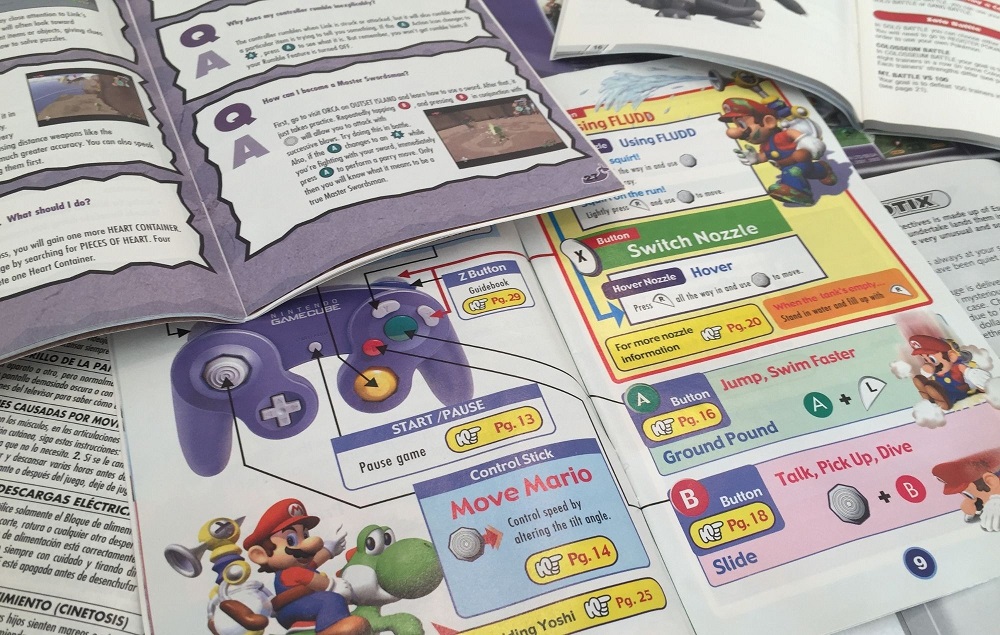Before tutorials, tooltips, and digital pop-ups, there was something magical about tearing off the plastic wrap of a new game, sliding out the cartridge, and flipping through the manual.
Those little booklets weren’t just instructions — they were gateways to imagination. They told stories, introduced worlds, explained controls, and often smelled faintly of ink and nostalgia.
From the dense rulebooks of the early Atari era to the colorful art-filled pamphlets of the 90s, game manuals evolved alongside gaming itself. Today, they’ve all but vanished — replaced by digital guides and on-screen prompts.
At Oldies Nest, we’re paging back through history to explore how game manuals evolved, why they mattered, and why their disappearance left gaming a little less tangible.
The Birth of Game Manuals: 1970s–Early 1980s
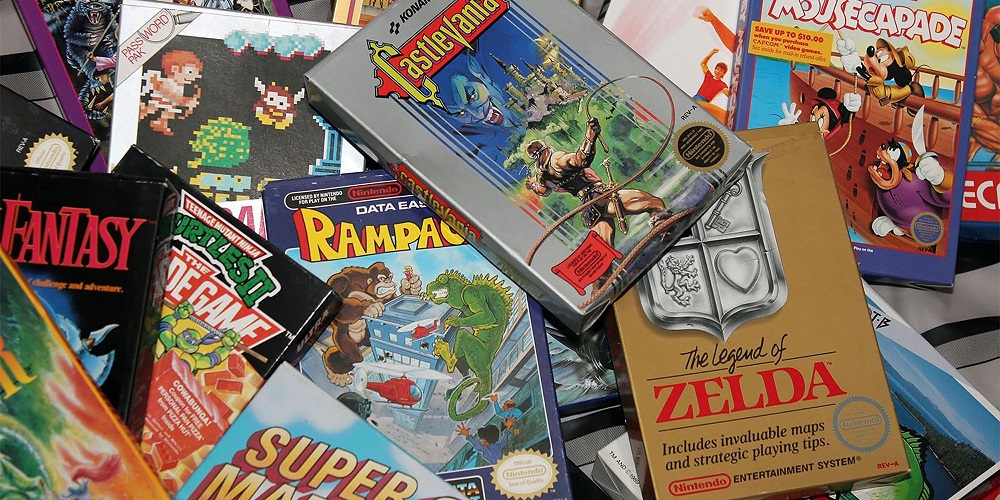
In gaming’s infancy, manuals weren’t just useful — they were mandatory.
Systems like the Magnavox Odyssey (1972) and Atari 2600 came with sparse visuals and limited in-game guidance. The technology simply couldn’t explain itself.
- Odyssey Manuals: Explained how to set up plastic screen overlays for each game.
- Atari 2600 Manuals: Gave players rules, artwork, and even short stories to contextualize simple games like Combat or Adventure.
Without the manual, you might not even know how to play. Games had no menus, no tutorials — just a cartridge and a handful of cryptic pixels.
As we explored in The Golden Age of Arcades: 1980–1985, this was the era when imagination filled the gaps left by limited technology — and manuals were part of that creative bridge.
The 8-bit Boom: Manuals as Mini Storybooks
By the mid-1980s, consoles like the NES and Sega Master System elevated the art of manuals.
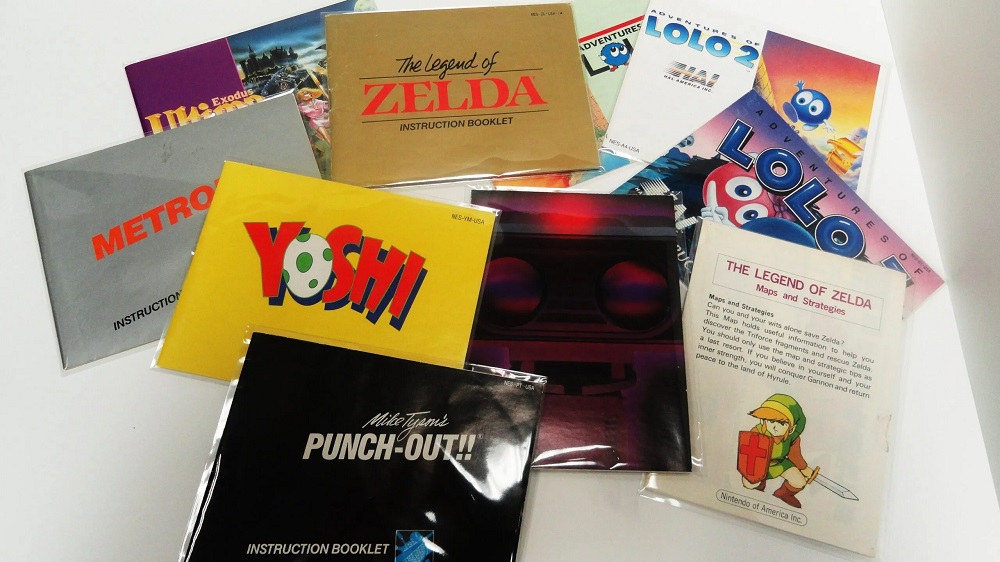
- Nintendo’s Approach: The NES manuals featured vibrant illustrations, character bios, and background lore. The Legend of Zelda’s booklet introduced players to Hyrule before they even pressed Start.
- Sega’s Style: Manuals for games like Alex Kidd in Miracle World and Phantasy Star mixed bold design with quirky humor.
These manuals were storytelling companions, creating a sense of immersion that pixelated graphics couldn’t yet provide.
Nintendo even used them to establish visual consistency across franchises — the same fonts, art styles, and layouts built brand identity long before websites or social media did.
The 16-bit Era: Manuals Become Art
The early 1990s marked the golden age of printed manuals.
With consoles like the Super Nintendo (SNES) and Sega Genesis, games were larger, stories deeper, and mechanics more complex. Manuals reflected that ambition.
What Defined the 16-bit Manual:
- Full-Color Artwork: Manuals became collectible pieces of art.
- Detailed Maps & Charts: RPGs like Chrono Trigger and Phantasy Star IV included foldout maps.
- Lore Expansion: Manuals fleshed out worlds far beyond what was visible in-game.
This was also the era of competitive branding, as detailed in Sega vs. Nintendo: Ads That Fueled the Console Wars. Each company wanted its manuals to feel premium — proof that players had bought into something special.
For many fans, manuals became ritual objects — read cover to cover during car rides home from the game store, long before the cartridge even touched the console.
Late 90s: Manuals Meet Multimedia
The PlayStation, Nintendo 64, and Sega Saturn brought games into the 3D age — and manuals adapted accordingly.
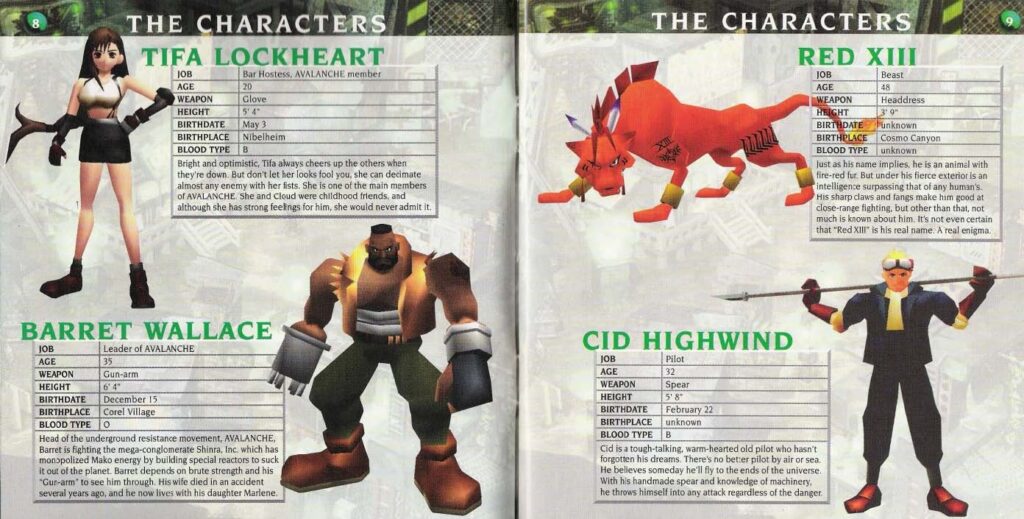
- More Pages, More Depth: Complex games like Final Fantasy VII and Metal Gear Solid required multiple pages of explanations for systems, controls, and cutscenes.
- Stylistic Cohesion: Manuals often matched the visual identity of the game disc or box art.
- Bonus Content: Concept art, developer notes, and secret codes appeared as rewards for readers.
During this period, manuals reached their creative peak — combining function with design flair. Owning a complete game meant having its manual intact, a detail that still defines collector value today.
The Decline: 2000s and the Rise of On-Screen Tutorials
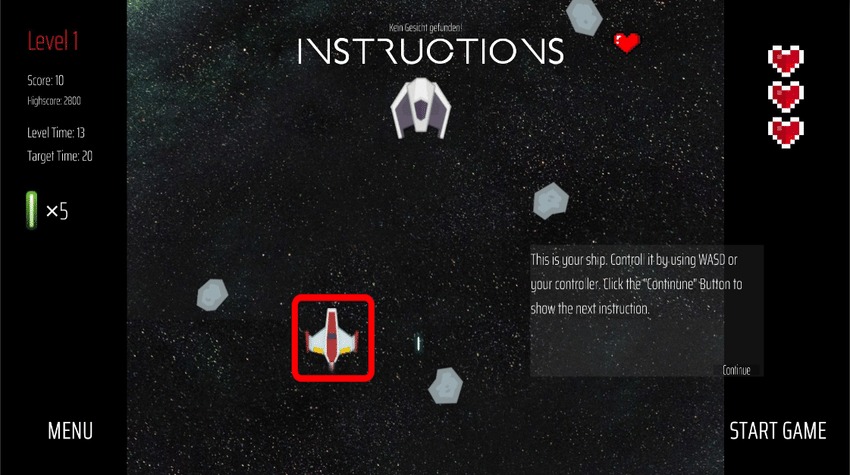
As gaming moved into the CD and DVD eras, manuals began to shrink — both physically and spiritually.
The Reasons:
- Cost Cutting – Color printing and distribution were expensive.
- Digital Tutorials – Games like Halo and Grand Theft Auto III taught players directly through play.
- Environmental Messaging – Companies like Sony and Microsoft promoted “green” initiatives to justify slimmer packages.
- Shift to Digital Distribution – Steam and early online stores removed packaging entirely.
By the late 2000s, manuals had become afterthoughts — black-and-white leaflets or QR codes leading to online PDFs.
The Disappearance: 2010s to Today
Modern players might never know the joy of flipping through a new game’s manual while waiting for installation to finish.
Today’s “manuals” are built into the games themselves — interactive tutorials, help menus, and wiki links. While this is convenient, it lacks the tactile magic of the past.
Yet, their disappearance sparked something beautiful: fan preservation.
Collectors scan and upload old manuals to online archives like archive.org, keeping design, art, and writing accessible to future generations. These digital archives sit beside projects that preserve entire ROM libraries, echoing the mission described in Retro Game Preservation.
The Art of the Manual: Design as Storytelling
What made old manuals so special wasn’t just their information — it was how they conveyed it.
- Typography and Layout: Each console generation had distinctive visual languages.
- Illustrations: Hand-drawn art gave games warmth and personality.
- Tone of Voice: Manuals spoke to players, not at them — often breaking the fourth wall with humor or charm.
They were part of the emotional experience of gaming, proof that game packaging could be art in itself.
As explored in Pixel Art: A Lasting Legacy of Retro Gaming, simplicity often holds enduring beauty — and the same applies to manuals.
Manuals and Modern Retro Releases
Interestingly, the retro renaissance has sparked a comeback of physical manuals.
Companies like Limited Run Games and iam8bit now produce new releases with nostalgic packaging:
- Full-color manuals
- Reversible box art
- Stickers, posters, and faux “developer notes”
Even new indie titles like Shovel Knight and Celeste include printable digital manuals styled like old-school counterparts. The spirit of retro presentation lives on — only now, it’s deliberate, artistic nostalgia.
The Collector’s Perspective
In today’s retro market, a complete-in-box (CIB) game is far more valuable than a cartridge alone.
| Game | Loose Cartridge | Complete with Manual | Collector Value Increase |
|---|---|---|---|
| Super Mario Bros. 3 | $15 | $45 | +200% |
| Chrono Trigger | $100 | $300 | +200% |
| EarthBound | $200 | $800 | +300% |
Manuals don’t just add monetary value — they add context and soul. They’re a time capsule of design, culture, and even translation quirks (hello, “ALL YOUR BASE ARE BELONG TO US”).
Conclusion: Turning the Page on an Era
The decline of printed game manuals marked the end of a tactile, personal connection between player and product.
They weren’t perfect, but they embodied a sincerity — a belief that games were worth exploring, not just playing. They invited curiosity and rewarded patience.
Today, as digital media dominates, collectors, historians, and nostalgic fans are keeping the legacy alive. Every scanned PDF, every CIB shelf, every retro re-release is part of that preservation effort.
The next time you slide a cartridge into your retro console, take a moment to appreciate the art of the manual — a humble booklet that once turned play into ritual.
